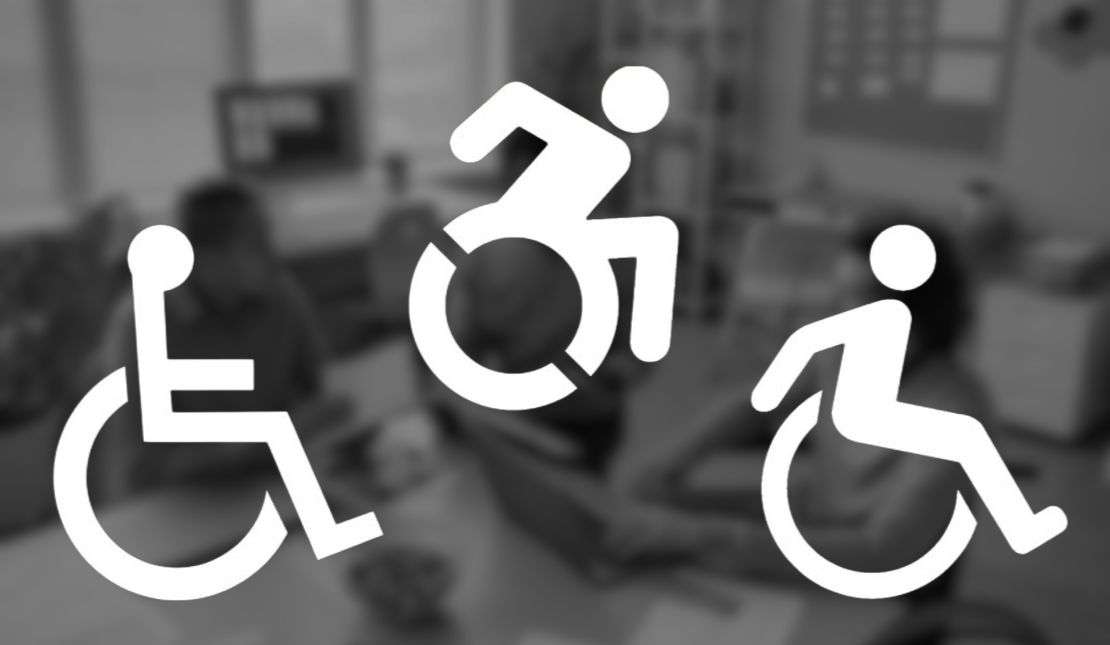In a world that celebrates diversity and inclusion, we need universal symbols that transcend barriers and unite us in the quest for accessibility. One such powerful symbol is the International Symbol for Accessibility (ISA). This emblem speaks volumes without uttering a word, serving as a beacon of hope for individuals with disabilities and advocates for inclusive environments everywhere.
Origin and Evolution
The history of the ISA highlights the power of design in fostering inclusivity. Introduced in 1968 by Danish designer Susanne Koefoed, the symbol emerged from a competition by the International Commission on Technology and Accessibility. The winning design—a white stick figure seated in a blue square—denotes accessibility for people with disabilities.
Since its inception, the symbol has evolved to become even more inclusive. In 2010, the United Nations officially adopted the ISA, solidifying its status as a universal emblem of inclusivity.
What the ISA Represents
The International Symbol for Accessibility transcends linguistic and cultural boundaries, conveying a powerful message of inclusion, welcoming, and accessibility.
- Equal Opportunity: The symbol represents the principle that everyone deserves equal access to public spaces, transportation, education, and employment. It signifies a commitment to equal rights and opportunities for all.
- Physical Accessibility: It indicates the presence of accessible facilities such as ramps, elevators, and wider doorways, ensuring that individuals with mobility impairments can easily navigate spaces.
- Social Inclusivity: The ISA fosters a sense of belonging and acceptance, reminding society to treat individuals with disabilities with respect and consideration.
- Symbol of Hope: For many, the ISA is a symbol of hope, signaling that they will not face insurmountable challenges when accessing public spaces.
Promoting Inclusivity Through the ISA
- Educational Initiatives: Schools, colleges, and universities can use the ISA to promote inclusivity and accessibility on their campuses. Incorporate it into awareness campaigns and signage to highlight the institution’s commitment to accessibility.
- Public Spaces and Venues: Businesses, restaurants, theaters, and public venues can use the ISA to demonstrate their dedication to serving everyone. From accessible parking spaces to restrooms and entryways, the symbol ensures barrier-free enjoyment of these spaces.
- Transportation: Transportation hubs such as airports, bus stations, and subways utilize the ISA to guide travelers toward accessible routes and facilities. As a result, travel becomes more welcoming for individuals with mobility impairments.
- Legislation and Advocacy: The ISA plays a vital role in supporting legislation and advocacy for people with disabilities. It serves as a visual reminder that societies must continue to evolve, ensuring that everyone’s needs are met and respected.
Conclusion
The International Symbol for Accessibility is more than just an image; it is a testament to the progress we’ve made and the journey ahead in creating a more inclusive world. By adopting and promoting this emblem, we not only make our spaces accessible but also open our hearts and minds.
Let’s embrace the ISA and make it a part of our everyday lives. We can build a more inclusive, accessible, and harmonious world for all. By doing so, we can ensure that no one is left behind in our journey toward a brighter, more equitable future



